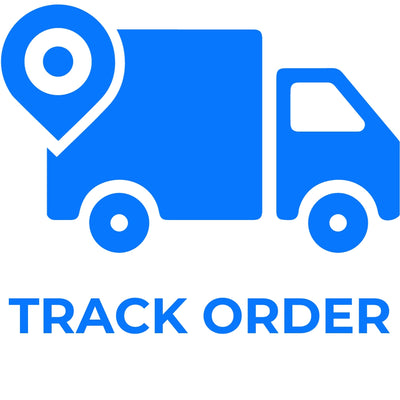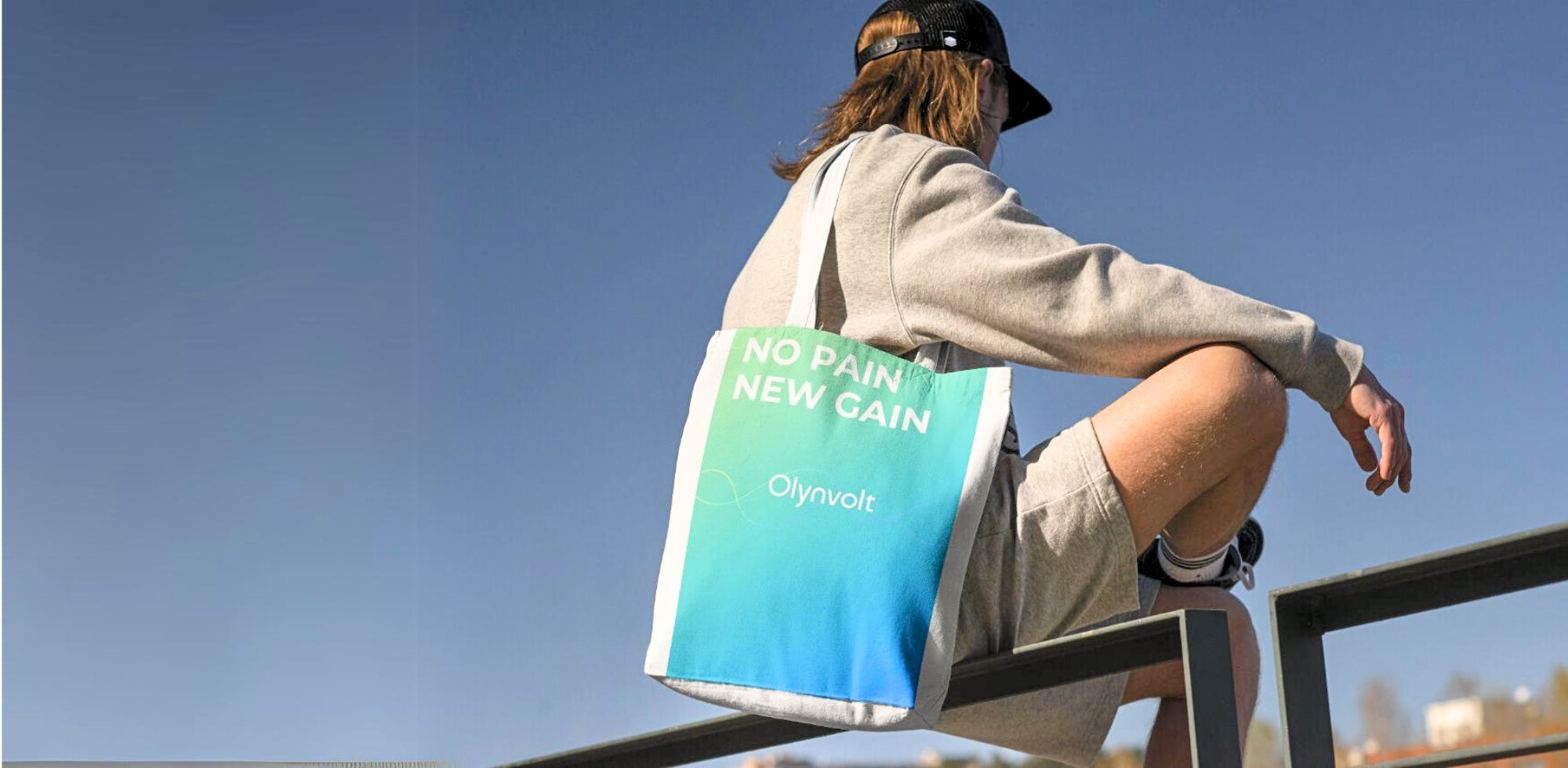The lower back does a lot for us; it is responsible for our posture, gives us range on movement and flexibility, and it even carries the entire weight of our upper body. To do so, it works in harmony with muscles, vertebrae, tissues, and nerves throughout the body. But because it carries such a heavy load, many factors can lead to “malfunctions” of the lower back where the lumbar spine passes.
What causes low back pain?
One of the leading causes of low back pain is the overextension of various muscles, as well as the vertebrae in this area. At a young age (45-25), much of the lower back pain is due to bulging or ruptured discs. When you are older, the causes also include spinal canal stenosis, which results in lower back pain.
Other sources of pain are infections, bruises, injuries, degenerative processes, tumors, and more. Studies have also found that there is a close relationship between mental stress (resulting from anxiety, depression, and more) and back pain.
What does low back pain feel like?
Low back pain can feel sharp and segmented or dull and localized. It can also become chronic and period over a long period of time. Low back pain can even appear suddenly or gradually. In any case, this type of pain heavily impairs the quality of life of the sufferer.
How common is low back pain?
Low back pain is the most prevalent type of back pain. Most people will suffer from low back pain at least once during their lives, with experts estimating that it can affect up to 75 percent of the population.
How is low back pain diagnosed?
Due to the large number of causes of low back pain, it can be hard to accurately diagnose the source of the pain. In fact, there have been cases where a disc rupture has occurred in people who have no back pain at all.
Either way, if rest does not help within a few weeks, your doctor may refer you to a CT scan to try to find out the source of the problem.
How long does low back pain last?
The good news: in the vast majority of cases, lower back pain (which does not result from severe or life-threatening illnesses) will disappear on its own within a month or two.
How is low back pain treated? Is there any advanced instrumentation that can help?
Although low back pain may subside on its own within a few weeks, it’s still advisable to do something about it. Traditional methods like moderate rest (while maintaining mobility – not prolonged bed rest), moderate exercise (walking, pilates, stretching, etc.), shiatsu, acupuncture, hot compresses, painkillers, and, if necessary, physical therapy are all useful.
But when these types of treatments don’t help, surgical interventions may be needed.
It is also worth noting that low back pain can be alleviated through advanced pain relief technologies. At the top of the list is the "Olynvolt™ Pocket" home appliance. Its small, comfortable dimensions, alongside its simplicity, make it a winning tool.
How to prevent low back pain in the future?
In many cases, the secret to preventing low back pain is to change certain lifestyle factors. For example, improving your posture, maintaining a healthy weight, using an ergonomic chair at work, and doing exercises or sports that are appropriate to your physical condition are all good strategies to prevent low back pain.








